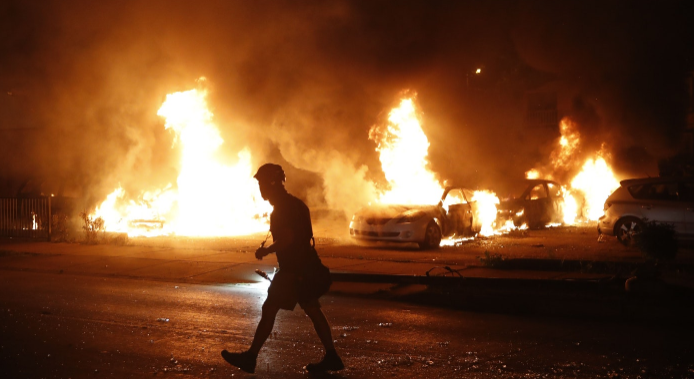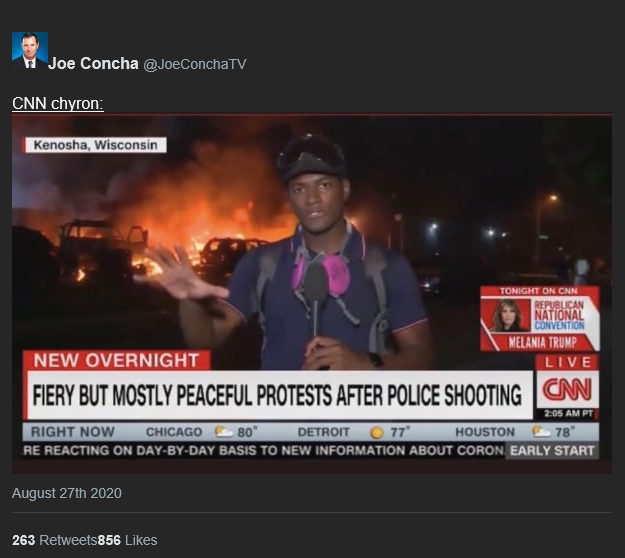The video's kinda long, but super timely. WE have absolutely no idea how faithful Trump's appointee will or will not be to The 9th, but maybe she will be.
And, readers - weigh-in below! This IS a blog. Use whatever 'Spartacus' handle you please. This is a forum for ideas, not egos, so debate has always been welcomed by the excavators (and we're all excavators).





 RSS Feed
RSS Feed
